Filariasis is an infectious tropical disease caused by parasites — filarial nematodes in the superfamily Filarioidea. Filariasis can be classified according to the area of the body affected, as different types of filarial nematodes tend to accumulate in different regions of the human host.
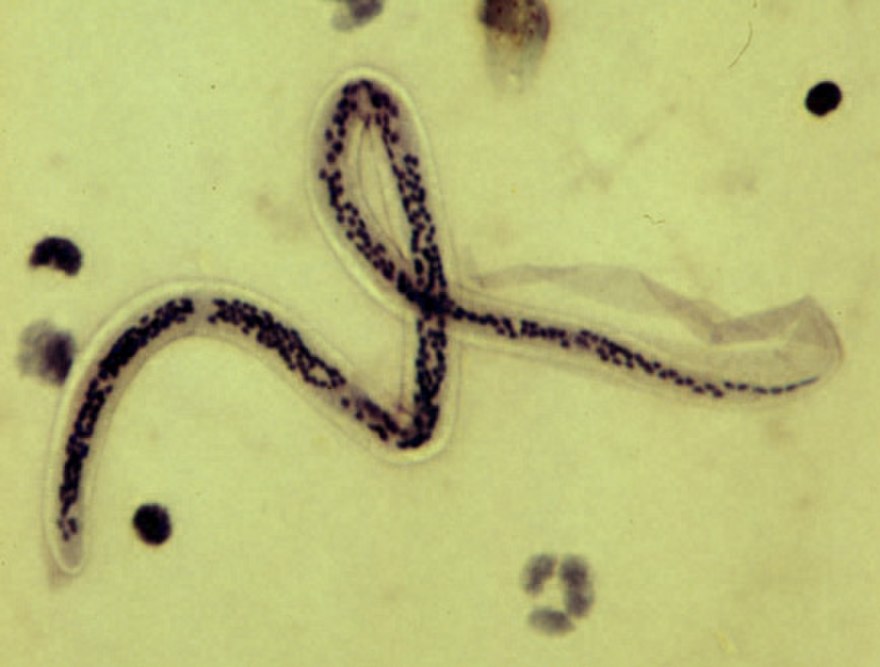
Lymphatic filariasis
Lymphatic filariasis, commonly known as “elephantiasis,” occurs when filarial parasites are transmitted to humans through the bites of mosquitoes that harbor infective-stage larvae. The larvae then migrate to the lymphatic vessels where they develop into adult worms, forming nests in the human lymphatic system.
While infection is usually acquired in childhood, visible manifestations of the disease occur later in life. Acute episodes of the disease may cause only temporary disability, but lymphatic filariasis can lead to permanent disability with painful disfigurement.
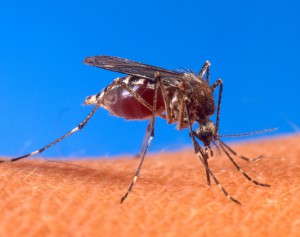
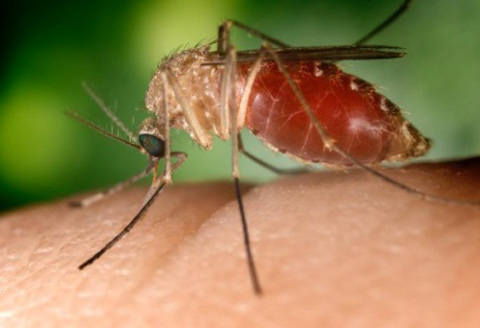
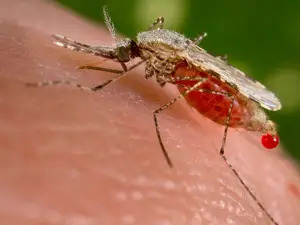
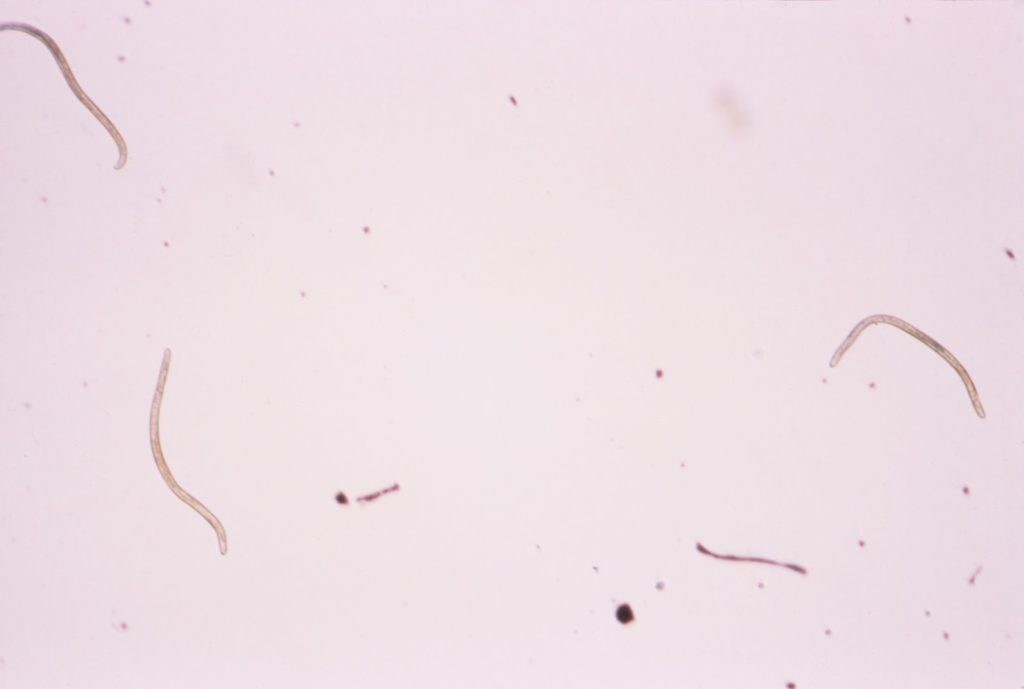
Subcutaneous filariasis
Subcutaneous filariasis comes in several forms, with one of the most common and debilitating forms being onchocerciasis, commonly known as “river blindness.”
Onchocerciasis is a parasitic disease caused by the filarial worm Onchocerca volvulus. It is transmitted from human to human through the bites of black flies, which become infected with microfilariae, the larval stage of the parasite.
As the filarial nematodes mature, spread through the body, and eventually die, they cause a variety of conditions, including skin rashes, skin depigmentation, lesions, itching, and blindness.
The majority of onchocerciasis infections occur in sub-Saharan Africa, although some cases have also been reported in Yemen and isolated areas of Central and South America. According to the World Health Organization, an estimated 18 million people suffer from onchocerciasis, with approximately 270,000 cases of blindness related to the infection.
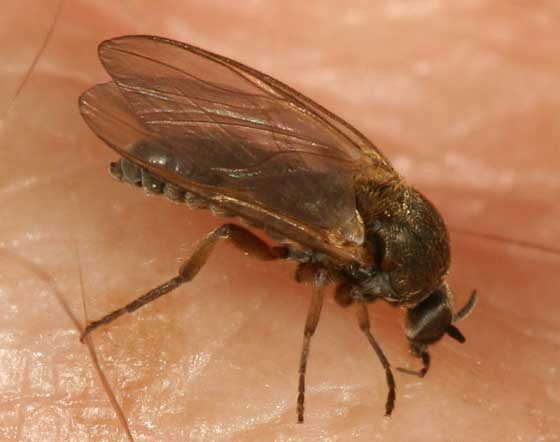
Vector insects
Onchocerciasis is transmitted through the bite of infected black flies of the genus Simulium.
Vector Distribution and Habitat
Black flies of the Simulium genus can be found around the globe and lay their eggs in moving water.
Resources
Learn more about Lymphatic filariasis and Subcutaneous Filariasis disease
Lymphatic Filariasis
Depending on the region and/or habitat, lymphatic filariasis is transmitted by different types of mosquitoes:
Lymphatic Filariasis
Product selection dependent on vector biology and ecology.
VectoBac 12AS
Subcutaneous Filariasis
Quick Links
Contact a Valent BioSciences public health representative.
Contact Us